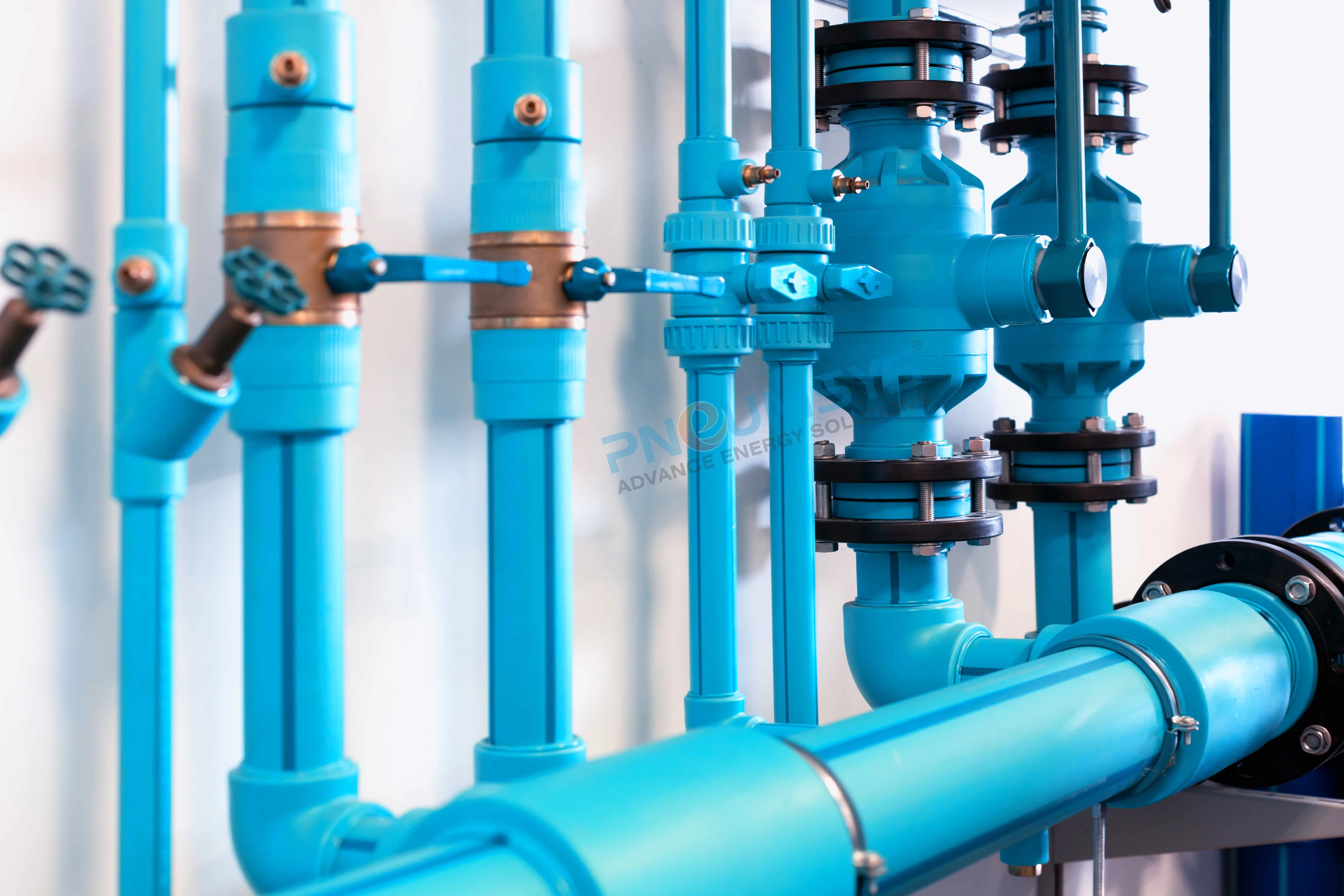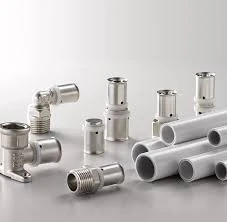
Introduction
PPR pipes and fittings have become a popular choice in plumbing systems across the globe. Their robust design and eco-friendly features make them an excellent alternative to traditional materials. In this article, we’ll explore the many facets of PPR pipes and fittings, helping you understand why they are a favored option in modern plumbing.
What are PPR Pipes?
PPR stands for Polypropylene Random Copolymer. These pipes are made from a thermoplastic polymer known for its strength and durability. Unlike metal pipes, PPR does not corrode, making it ideal for both hot and cold water applications.
Advantages of PPR Pipes
One of the standout advantages of PPR pipes is their exceptional durability. They can last over 50 years under normal conditions. Additionally, PPR pipes are resistant to corrosion, which means they won’t rust or degrade over time. Their thermal insulation properties also help maintain the temperature of the water, reducing energy costs.
Types of PPR Pipes
PPR pipes come in several types:
- Standard pipes for general plumbing.
- Pressure-rated pipes for high-pressure systems.
- Specialty pipes designed for specific applications, such as those with enhanced thermal resistance.
What are PPR Fittings?
PPR fittings are essential components that connect sections of PPR pipes. These fittings include elbows, tees, couplings, and more, allowing for versatile plumbing designs and configurations.
Benefits of Using PPR Fittings
Using PPR fittings offers numerous benefits, including:
- Easy installation: PPR fittings are lightweight and simple to work with.
- Leak-proof connections: When properly fused, these fittings create strong, durable joints.
- Versatility: They can be used in a wide range of plumbing applications, adapting to various needs.
Applications of PPR Pipes and Fittings
PPR pipes and fittings find their place in various applications:
- Residential plumbing for water supply and drainage.
- Commercial use in buildings and facilities.
- Industrial and agricultural applications for transporting fluids.
Installation Guidelines for PPR Pipes and Fittings
To install PPR pipes and fittings effectively:
- Preparation: Clean the surfaces to remove debris.
- Cutting: Use a pipe cutter for precise cuts.
- Joining: Use socket fusion or electrofusion techniques for secure connections.
- Best practices: Follow manufacturer guidelines for optimal results.
Maintenance and Care for PPR Systems
Routine maintenance of PPR systems involves:
- Inspections: Regularly check for signs of wear or leaks.
- Cleaning: Keep the pipes free of debris and buildup.
- Troubleshooting: Address any issues promptly to ensure system reliability.
Environmental Impact of PPR Pipes and Fittings
PPR pipes are considered environmentally friendly due to their long lifespan and recyclability. Using PPR helps reduce waste, making it a responsible choice for eco-conscious projects.
Quality Standards and Certifications
PPR products must meet various international quality standards to ensure safety and performance. Certifications validate that the materials and manufacturing processes adhere to rigorous guidelines, providing assurance to consumers.
Cost Considerations
While the initial investment in PPR pipes and fittings may be higher than some traditional materials, their durability and lower maintenance costs make them a more economical choice in the long run.
Future Trends in PPR Technology
The future of PPR technology looks promising, with ongoing innovations aimed at improving material performance and sustainability. As demand for eco-friendly solutions grows, PPR is likely to play a significant role in the plumbing industry.
Conclusion
In summary, PPR pipes and fittings offer a wealth of benefits that make them an ideal choice for modern plumbing applications. Their durability, ease of installation, and environmental advantages make them a smart investment for any project.
FAQs
- What does PPR stand for?
- PPR stands for Polypropylene Random Copolymer.
- Are PPR pipes safe for drinking water?
- Yes, PPR pipes are safe and commonly used for potable water systems.
- How long do PPR pipes last?
- PPR pipes can last over 50 years with proper installation and maintenance.
- Can PPR pipes be used for hot water?
- Absolutely! PPR pipes are designed to handle both hot and cold water.
- What is the installation process for PPR pipes?
- The process typically involves cutting, cleaning, and joining pipes using socket or electrofusion methods.

















